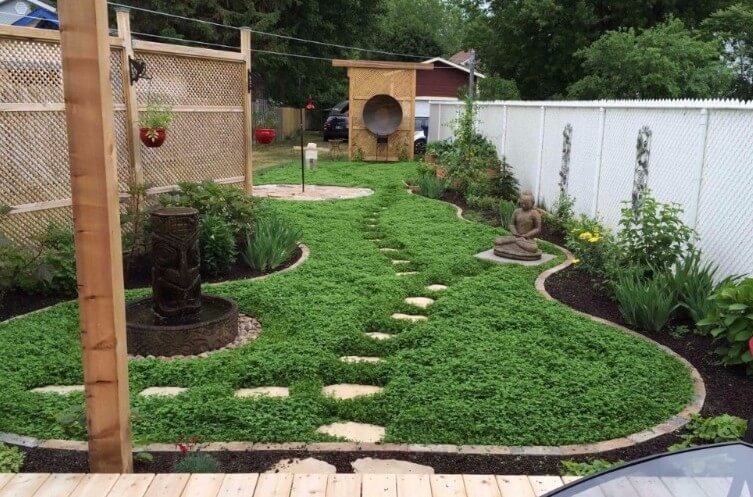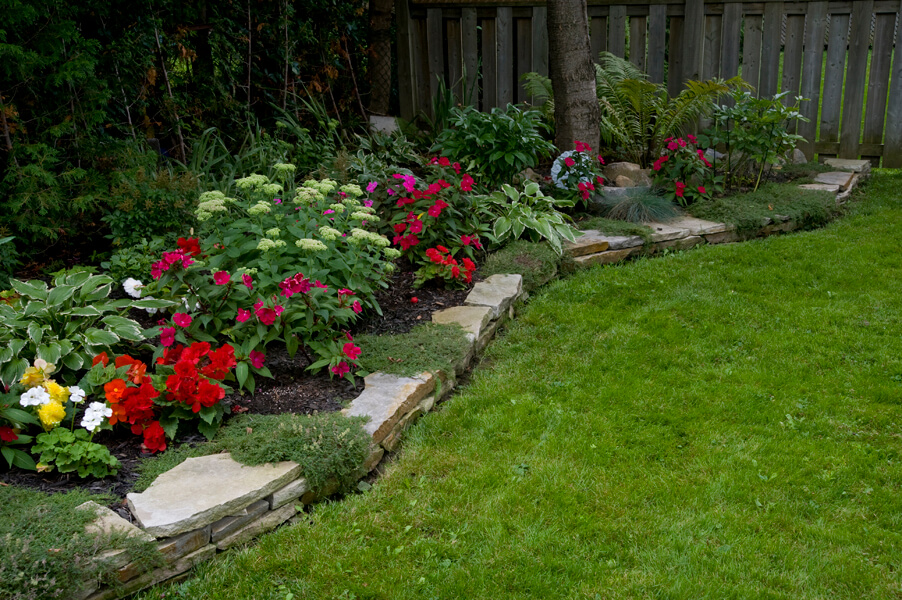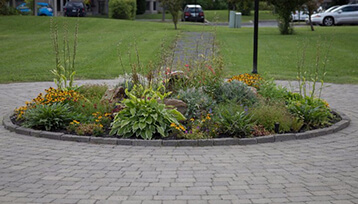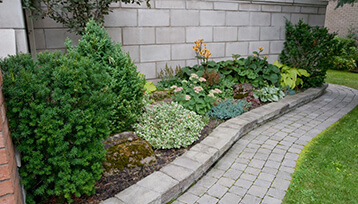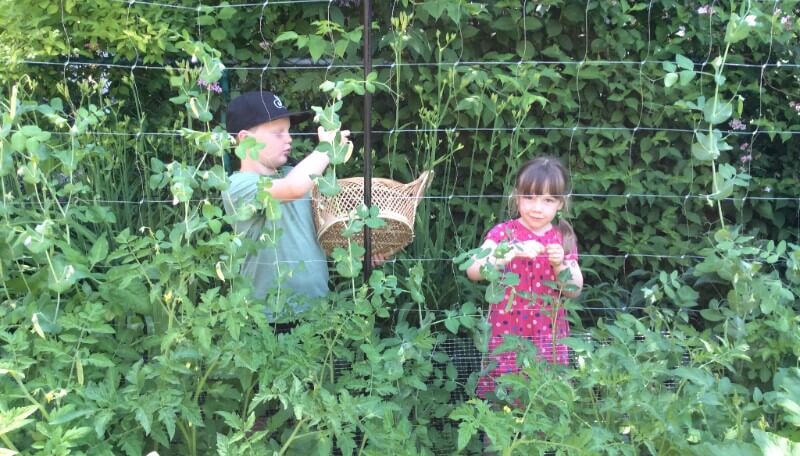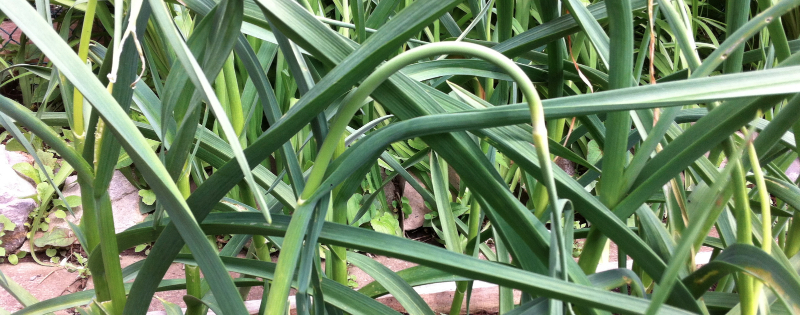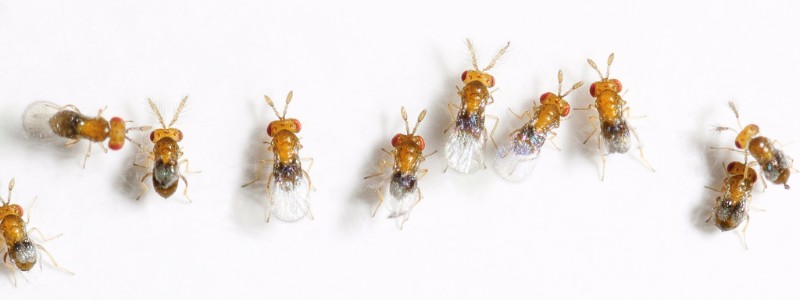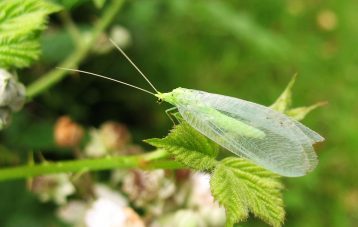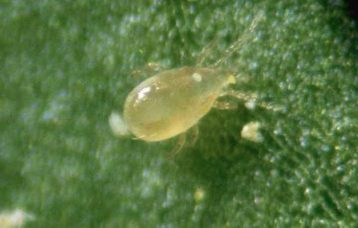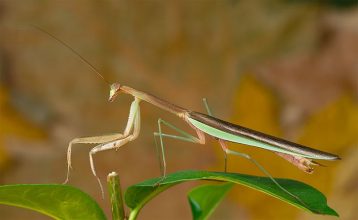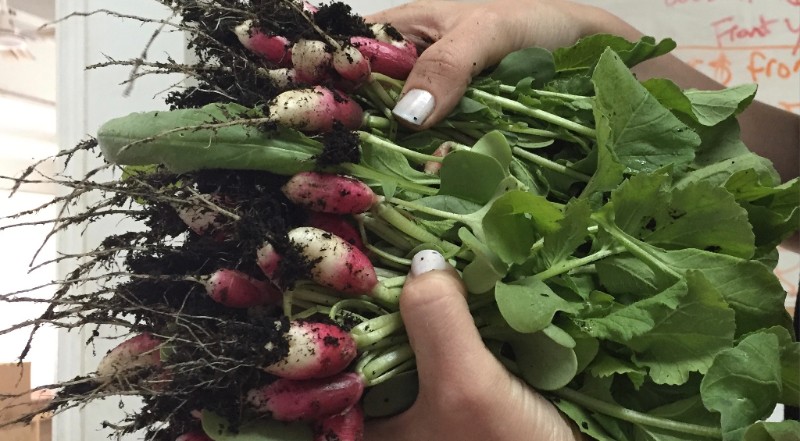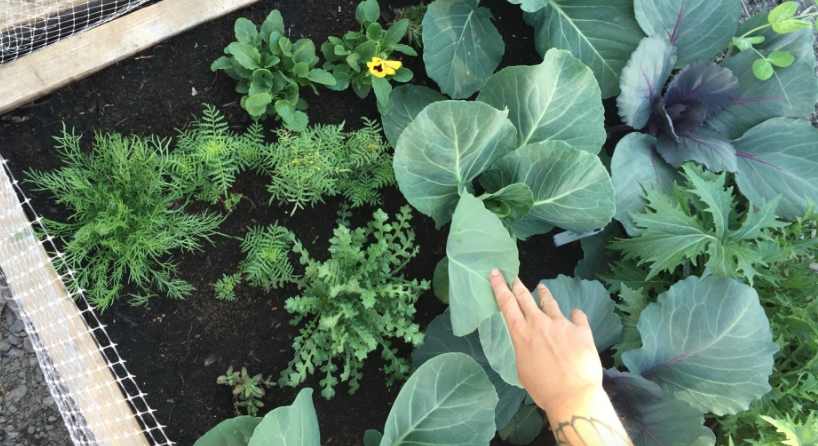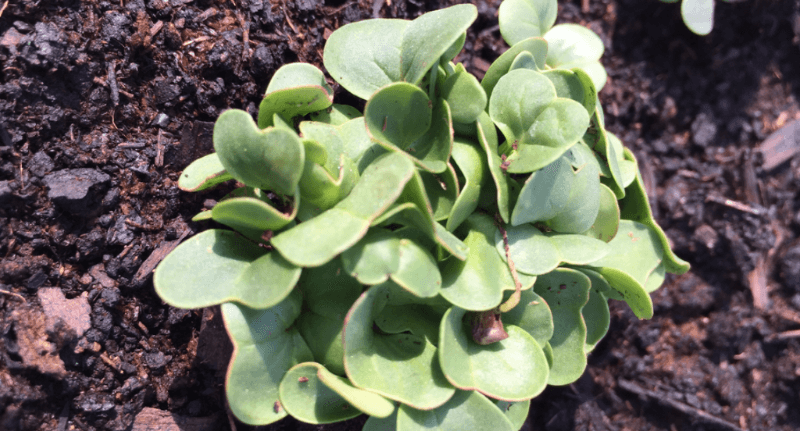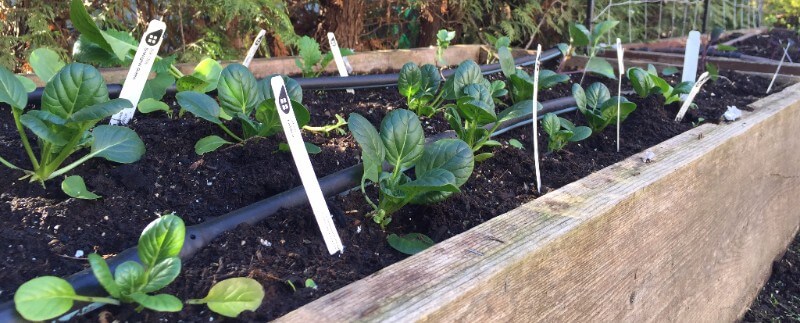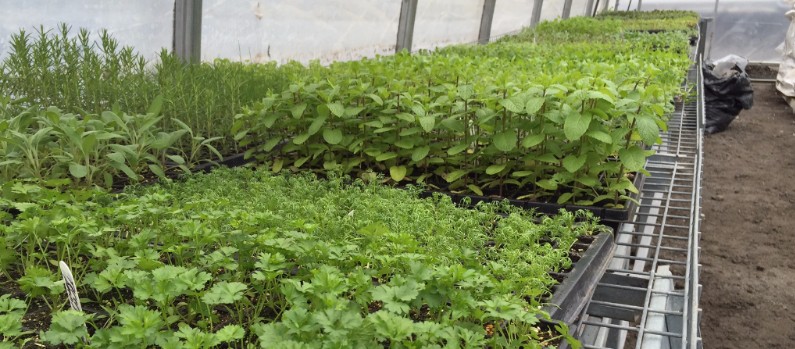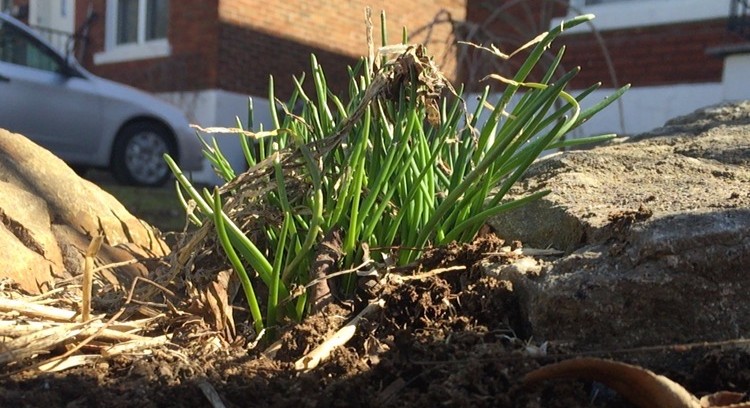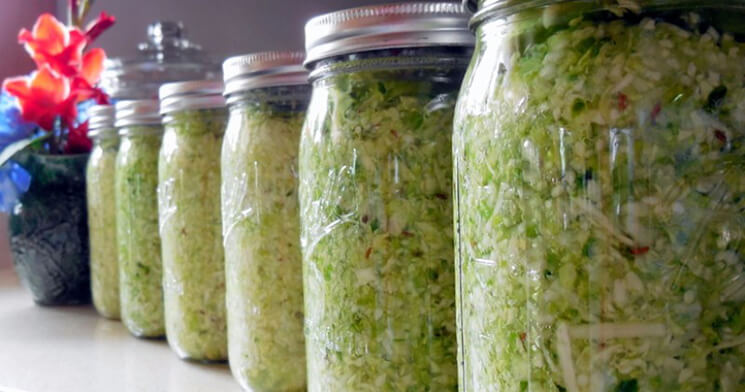
During the winter months, I sometimes feel that my body needs a little extra support. The days are shorter and I start to miss the sun. I usually turn to some delicious immune boosters and supporters to keep me going during the colder months.
My favourite winter snack is roasted sesame seaweed. Seaweed is truly one of the most nutritious foods packed with vitamins and minerals, it helps our bodies cope with environmental pollutants. Considered a mood-boosting food seaweed helps us fight the winter blues. Helping the revitalize our systems, it is great winter helper.
Mushrooms strengthen you immune system and are delicious! Reishi, Maitake, Shitake are know to enhance immune functions and can be easily added to a soup. I like to keep some dried ones around the house.
Garlic! (AKA stinking rose) is known for its antimicrobial, anti fungal, and antiseptic properties. It effectively kills disease-causing bacteria. Great for the cardiovascular health and full of antioxidants, add liberally to your winter stews, soups and other recipes. Although delicious garlic has a strong smell, so make sure everybody has a bit of garlic so you can still keep each others company.
Some of us may remember playing outside as a child and falling in a patch of nettle, ah the sting! A mistake to not be repeated. Nettle is one of your greatest allies. You can make an infusion and place in your water bottle instead of plain water. Nettle is packed with nutrition (even more than seaweed)! Plenty of protein, vitamins, and minerals that will leave you feeling invigorated. Not only will it provide you with some much needed energy, it is great for your nail, hair, bones, skin and is affordable. Place a handful of dried nettle in a glass jar, pour boiling water over them, let steep over night and then place in the fridge. Fill your water bottle.
I learned the secret of this immune system booster from one of my great herbalism teachers. Astragalus is an herb well known in the world of chinese medicine for its ability to strengthen and restore the immune system functions. The root cannot be eaten therefore, it must decocted (boiled to extract its medicinal value). Boil the root in water for 20 minutes, remove roots as they are not to be eaten. Add to broth for soup, to the water for your porridge or rice. Astragalus will keep you invigorated throughout the winter season.
Finally, sugar is real culprit when it come to our health and keeping our immune system up. When you have a craving for something sweet reach for the some local honey! As well as being delicious, it is full of healing properties for the body and nutrition and has been used as such for centuries. Sip a cup of honey, lemon and ginger on those chilly winter days.
All the best,
Lia
